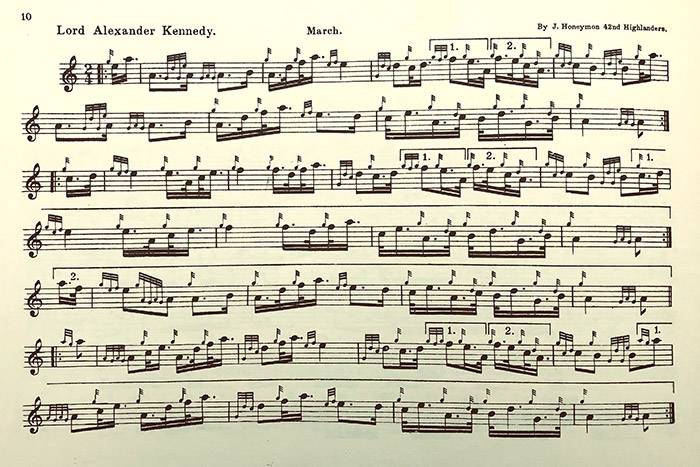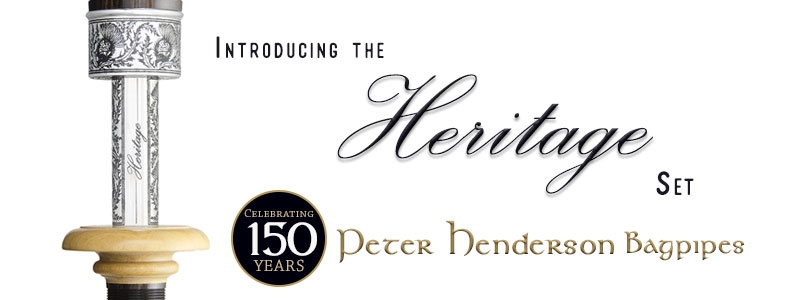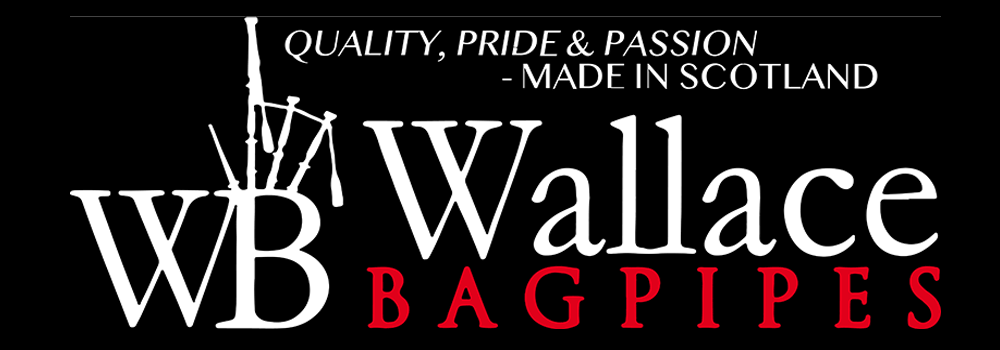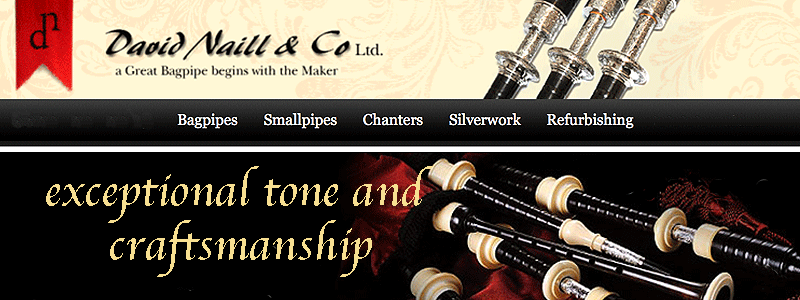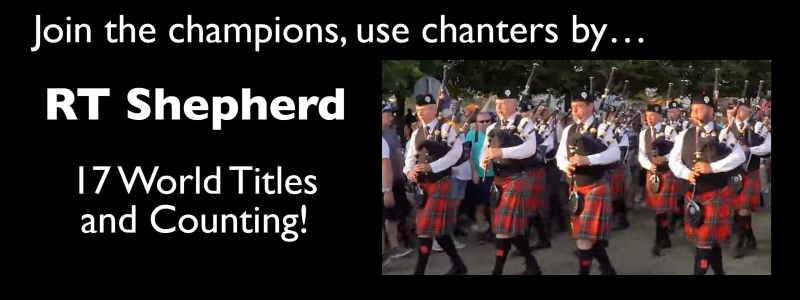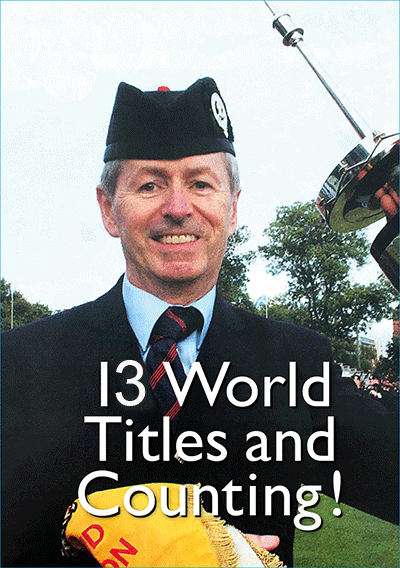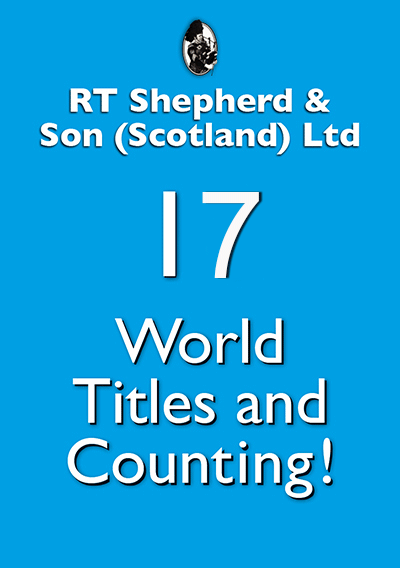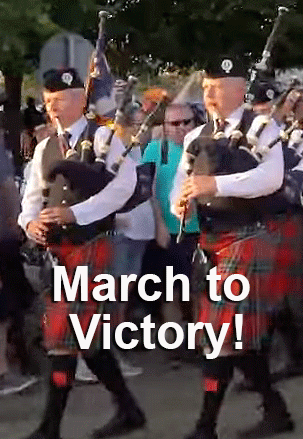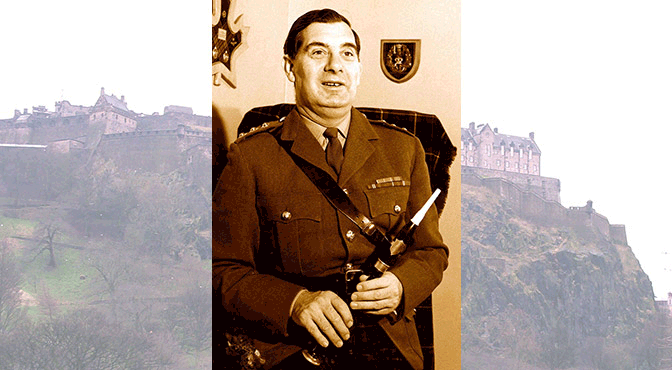
The following article is taken from a programme published for a Massed Pipe Bands and Beating of Retreat on Edinburgh Castle Esplanade in May 1971. The occasion was the Golden Jubilee of the Royal British Legion. The note may have been written by Captain John MacLellan, one of the main organisers of the event.
Antiquity obscures the precise origin of the sophisticated modern bagpipe but it is known that it existed in primitive forms from nearly 2000BC in the middle east, spreading from Egypt to Greece and to the northern shore of the Mediterranean and reaching into Europe with the advancing Roman legions who adopted the instrument.
The Scots later perfected what was to become known as the Great Highland Bagpipe which struck fear into the hearts of their foes, inspired their soldiers to deeds of valour and brought tears to the eyes of nostalgic expatriates in far-off lands.
The clan or tribal system had a considerable influence on the evolution of bagpipe music and some of the early families who taught piping left a mark and a signature which can be clearly discerned to the present day.
The most prominent of these families was the MacCrimmon (hereditary pipers to the MacLeods of Dunvegan) to whom ceòl mòr (piobaireachd) was accredited from about the middle of the 16th century.
The MacCrimmons founded a college at Boreraig, isle of Skye, about 1660 to which clansmen from all over the Highlands came for periods of seven years or more.
The college existed for more than 100 years although later generations continued to teach piping wherever they lived until the death of the last teacher of this family in 1825.
Other families who established reputations as teachers of piping, to mention only a few, were the MacArthurs of Ulva (Mull), the MacIntyres of Rannoch, the MacGregors of Fortingall and the MacKays of Raasay and Gairloch.
Later exponents and teachers were the MacPhersons of Badenoch and the Camerons of Ross-shire whose influence on the playing of piobaireachd survives to the present.
The programme tells us that the word ‘tattoo’ is from the dutch ‘doe den tap toe’. It means ‘turn off the the beer’ which innkeepers had to do when British troops were stationed in Flanders during the reign of William II…
The family system of teaching is represented in our time by the private tutor. Many of the most prominent of our contemporary tutors may be remembered by posterity even as the MacCrimmons and others before our time have found places in our history books.
The 20th century saw the birth of formal, orthodox schools, the growth of piping societies and organisations with interests in piping, many of which maintained their own schools for instruction of their members.
For instance the Drumnadrochit Piping Society organises piping tuition over a wide area in the north, and Dr KA MacKay has a flourishing ‘school’ at Laggan, Newtonmore.
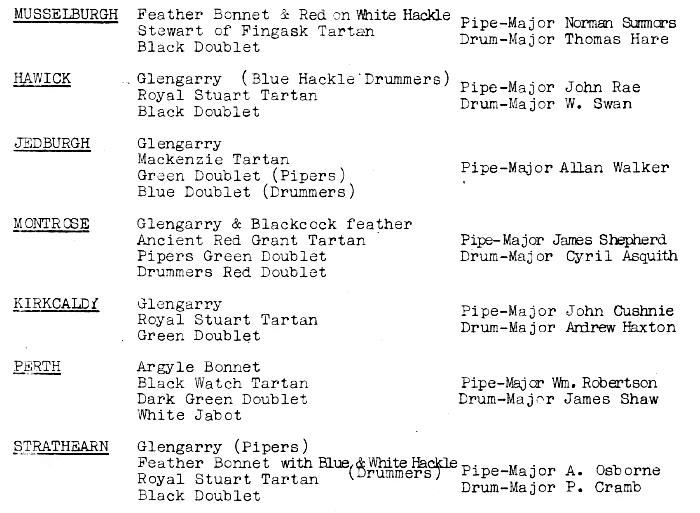
Many education authorities have appointed tutors to teach within the curricula of schools, and tuition is available in a variety of organisations such as the Boy Scouts, the Boys’ Brigade, the British Legion, and in the network of the Scottish Pipe Band Association.
The most important of these ‘closed’ schools is the Army School of Piping in Edinburgh Castle, which owes its origin to the Piobaireachd Society in 1910.
The ‘open’ schools were founded in Glasgow and Edinburgh respectively to cater principally for the densely populated metropolitan areas of these cities, but of course their functions in the world of piping extend well beyond our shores.
Massed band tunes at the event: March of the British Legion Scotland, Heroes of Vittoria, Mhairi Bhan Og, Atholl & Breadlabane Gathering, Hills of Glenorchy, Market Place of Inverness, Miss Girdle, MacLeod of Mull, Loch Rannoch, 79th Farewell to Gibraltar, King George V’s Army, Orange and Blue, Sandy Duff, Rab’s Wedding, Highland Laddie.
The earlier of these institutions was the College of Piping in Glasgow which was founded in 1947 [sic]. The College has published several books of instruction and is a centre of reference and a main stanchion in the piping fraternity.
The second of the metropolitan schools is the Academy of Piping in Edinburgh which came into being in 1971 and caters for the capital’s unique concentration of large boys’ schools, youth movements, clan and piping societies. The Academy has its headquarters at 127 Rose Street South Lane, Edinburgh.
